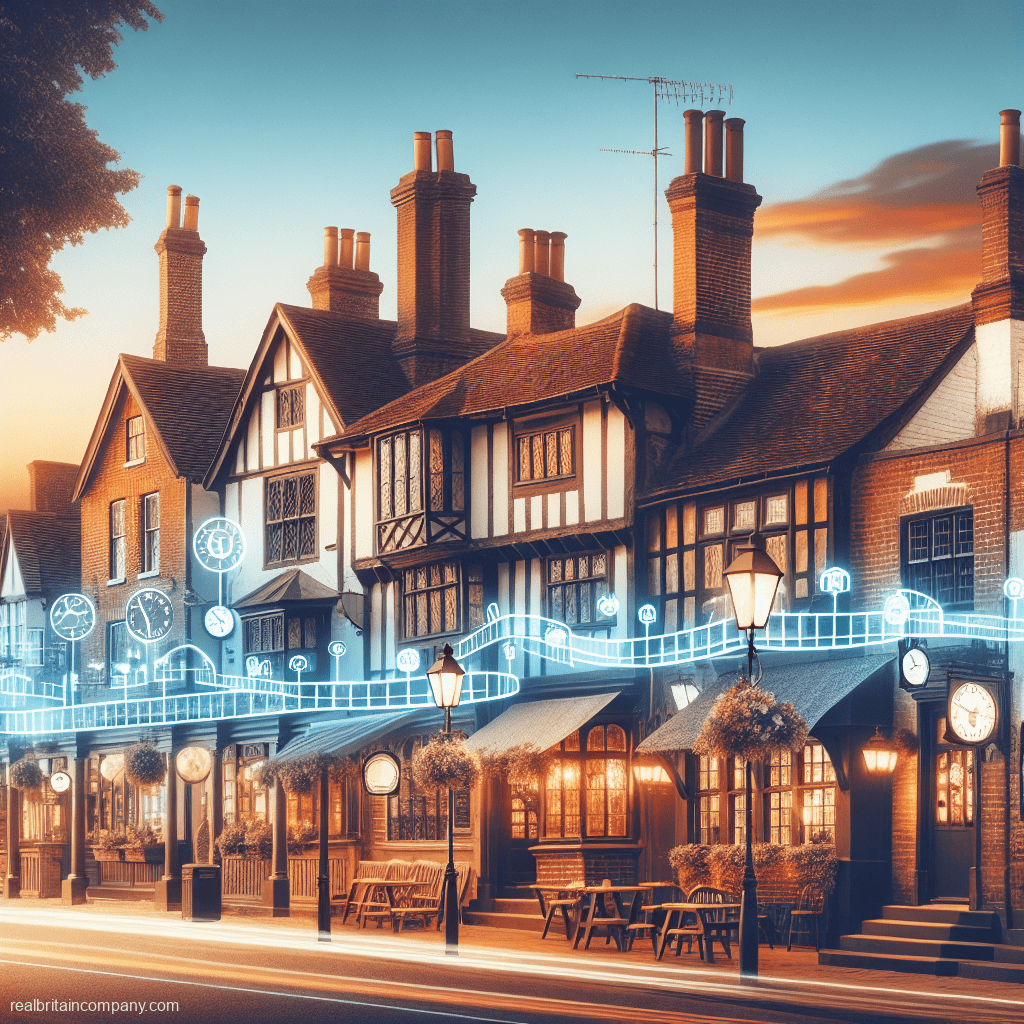

Ah, the British pub. A cornerstone of British culture, a snug sanctuary from the unpredictable weather, and let’s face it, the place where you awkwardly nursed your first pint. But have you ever pondered how these humble watering holes have evolved over the centuries? Strap in (but with a pint of patience) as we embark on a historical, humorous, and hiccup-free journey through time to uncover the fascinating evolution of British pubs.
Long before the first taxi driver offered unsolicited advice or Auntie Maureen embarrassed you at the quiz night, early British pubs were far more rudimentary. Known as "alehouses," these establishments date back to around the 8th century with the arrival of the Saxons. Back then, homebrewed ale was a staple. If you couldn’t cook up a decent batch, you were basically the medieval equivalent of a party pooper.
By the time the medieval period rolled around, we started to see the emergence of inns and taverns. Unlike alehouses, which were often informal gatherings, inns were more structured and sometimes part of monastic communities.
The medieval taverns might not have had Wi-Fi, but they offered something even better – social interaction. Imagine knights in shining armour discussing battle strategies or perhaps the latest episode of "Dragon slaying gone wrong."
By the 16th century, public houses (or "pubs" as colloquially known) were becoming increasingly popular. This era marked the beginning of licensing laws, which have been both a boon and a bane to pub landlords (and late-night drinkers) ever since. The Tudor pubs were places where you didn’t just drink; you ate, played games, and debated hot topics – much like today, just minus the football.
As we stagger into the 18th and 19th centuries, gin became the nation’s beverage of choice. But let’s be clear – this wasn’t the sophisticated G&T with a twist of lime we sip today. This was more "bathtub" gin that could (and often did) knock you off your feet. Enter the "Gin Palaces" – extravagantly decorated establishments designed to lure in the city’s more glamorous drinkers.
Fast forward to post-WWII Britain, the landscape of British pubs underwent another dramatic shift. Pubs became more inclusive, and the introduction of family-friendly establishments made it a go-to place not only for a pint but also a hearty Sunday roast.
Today’s pubs are some of the most versatile spaces you can find. From traditional, timber-beamed alehouses to modern gastropubs with artisanal gins, there’s something for everyone. They host quiz nights, live music, and legions of social events.
Despite the pandemic throwing a wrench in the works with many pubs shutting their doors, we’ve seen a community spirit that truly showcases the pub’s heart in British society. Many pubs pivoted to delivery or takeaway services, neighbours helped each other out, and the spirit of camaraderie never wavered.
So there you have it, the compelling, ale-soaked journey through the evolution of British pubs. From rustic Saxon alehouses to today’s chic gastropubs, these establishments have always been more than just a place to drink. They symbolize community, tradition, and the ever-evolving British spirit.
And now, dear reader, what are your favourite pub memories or quirky pub facts? Share them in the comments below. Cheers! 🍻
